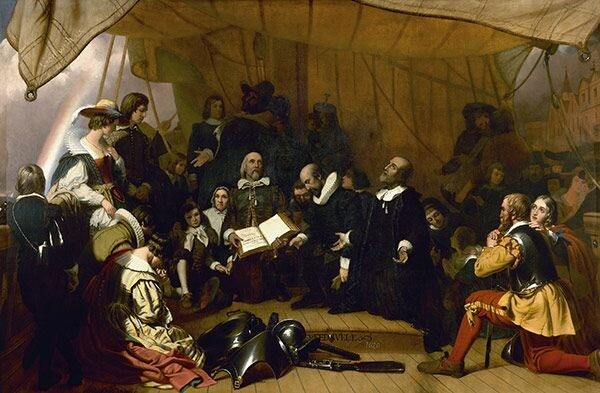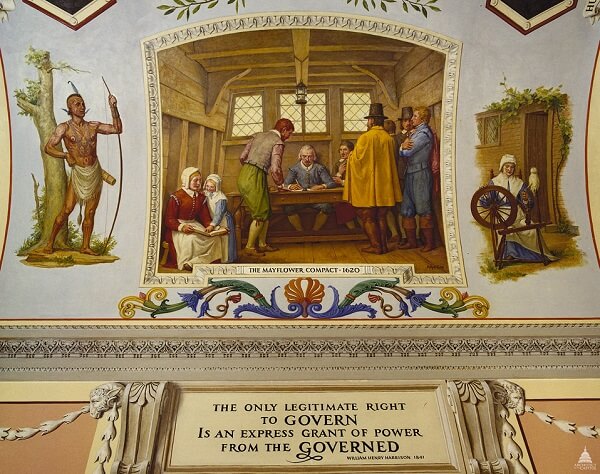 A History of the United States and its People
A History of the United States
A History of the United States and its People
A History of the United States



 A History of the United States and its People
A History of the United States
A History of the United States and its People
A History of the United States

Study the chapter for one week.
Over the week:
Activity 1: Narrate the Chapter
Activity 2: Study the Chapter Picture
Study the chapter picture 'Embarkation of the Pilgrims' by Robert W. Weir, which shows the Pilgrims leaving England for Holland on the Speedwell.
Find the following:

Activity 3: Map the Chapter

Activity 4: Play the State Names and Locations Game
Activity 5: Complete Copywork, Narration, Dictation, and Mapwork
